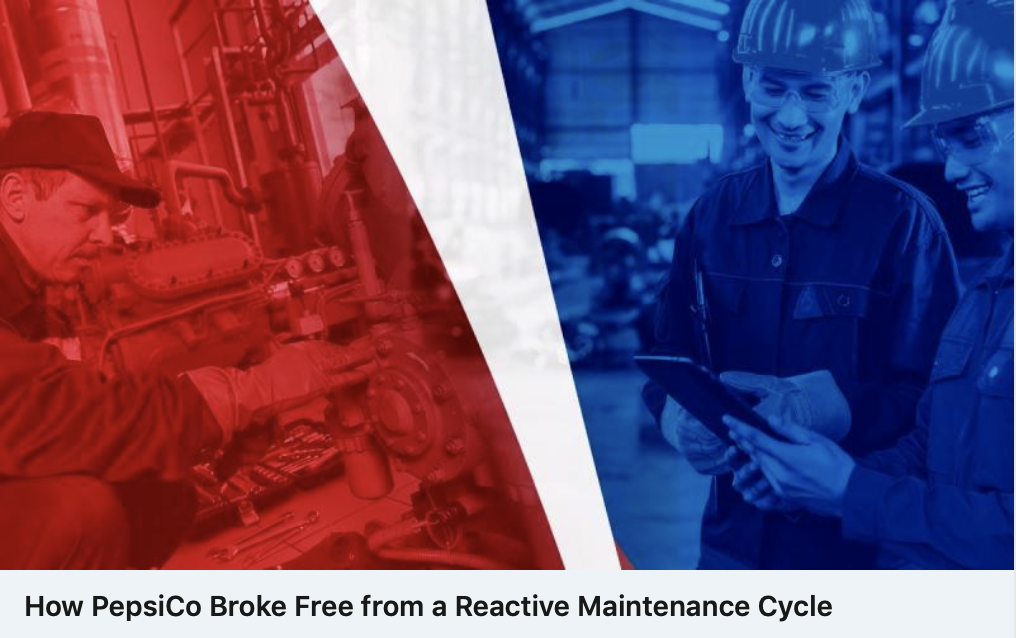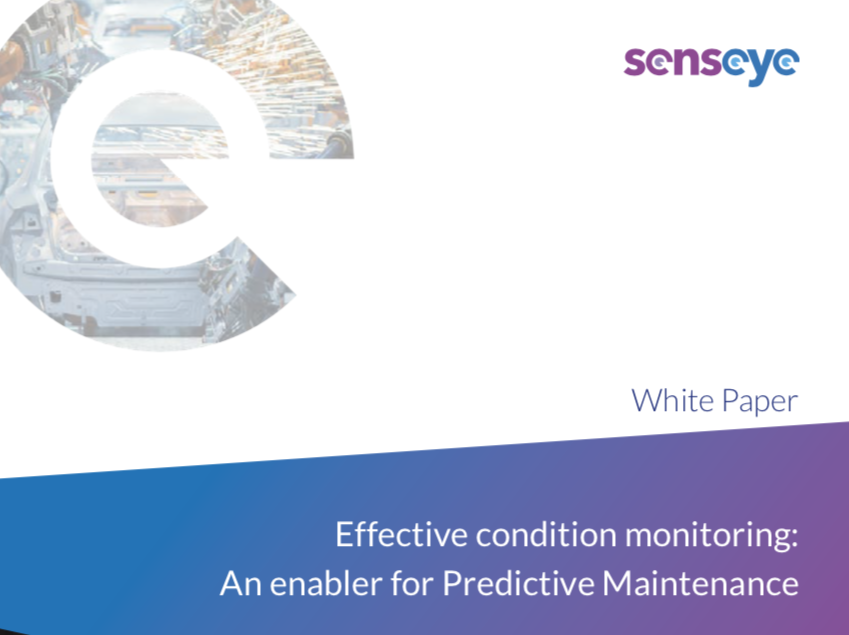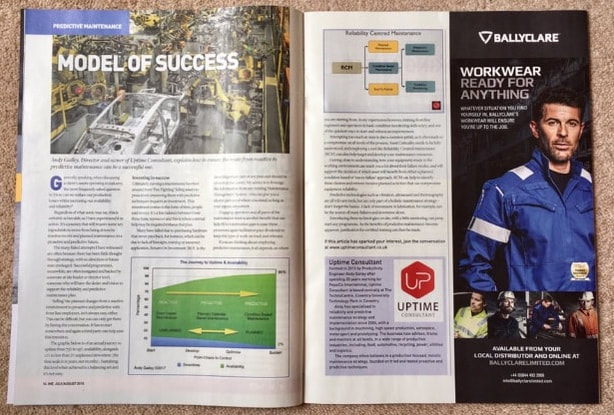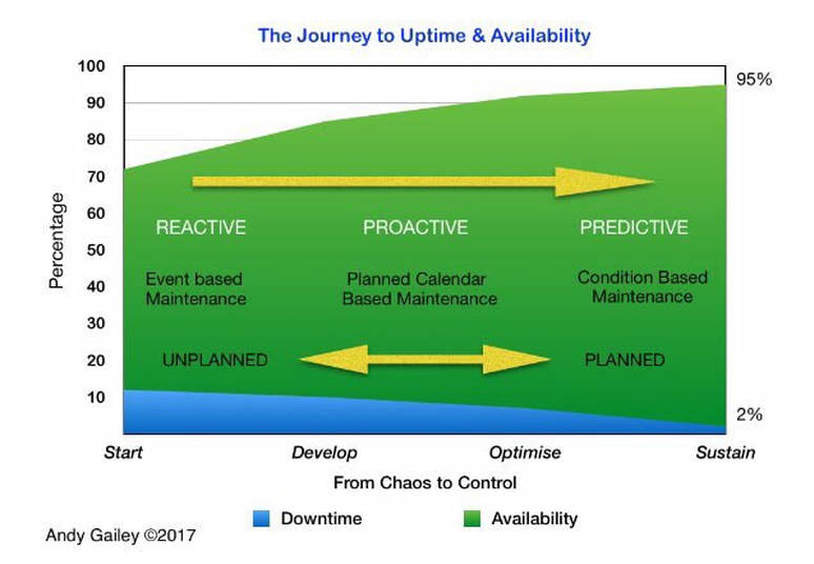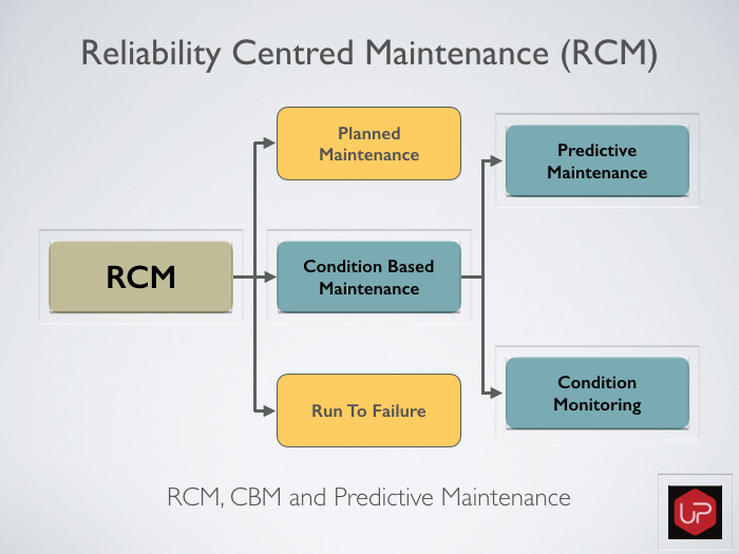Reliable Plant Article August 2023
Presented at Reliable Plant 2023 in Orlando, Florida
"The UPTIME View"
April 2023 and we have just published our first 'Substack' articles!
Screenshot trial of upcoming article, they'll be short form and interesting!
Have been looking for a new platform to connect with people and reignite my passion for writing.
I used to publish quite a few articles on LinkedIn but they dumbed down the algorithm so that no one saw them.
Substack looks like the answer for me, great UI and it's free to author.
I'm looking to build a following and community outside of LinkedIn, Twitter and all the other social platforms.
I have a plan to post once a week for a year to see what happens, they have the option to engage paid followers but I will be starting with free access to all, if it works I may write more long form articles and have those by subscription only.
You can take a look and subscribe by clicking here: "The UPTIME View"
I used to publish quite a few articles on LinkedIn but they dumbed down the algorithm so that no one saw them.
Substack looks like the answer for me, great UI and it's free to author.
I'm looking to build a following and community outside of LinkedIn, Twitter and all the other social platforms.
I have a plan to post once a week for a year to see what happens, they have the option to engage paid followers but I will be starting with free access to all, if it works I may write more long form articles and have those by subscription only.
You can take a look and subscribe by clicking here: "The UPTIME View"
Effective Condition Monitoring
| effective_condition_monitoring_-_an_enabler_for_predictive_maintenance_11_2018.pdf | |
| File Size: | 1405 kb |
| File Type: | |
This joint White Paper with Rob Russell CTO of Senseye came out of a conversation about how to best help people in industry make the right choice, it's not a good plan to adopt a Predictive strategy without understanding what you want.
Here we aim to give you a head start with a no nonsense approach!
Here we aim to give you a head start with a no nonsense approach!
MODEL OF SUCCESS
This article appeared in 'Industrial Maintenance Engineer' magazine in the July/August 2018 edition.
Many thanks to the editor James Moore and Hamerville Media Group for inviting UPTIME Consultant Ltd to contribute.
The main reason for me sharing it here is that the publication is an 'old school' real paper magazine with no digital edition.
Please be aware that it was written within constraints of the subject matter being non commercial and of a limited length.
Many thanks to the editor James Moore and Hamerville Media Group for inviting UPTIME Consultant Ltd to contribute.
The main reason for me sharing it here is that the publication is an 'old school' real paper magazine with no digital edition.
Please be aware that it was written within constraints of the subject matter being non commercial and of a limited length.
Andy Gailey, Director and owner of UPTIME Consultant Ltd explains how to ensure the route from reactive to predictive maintenance can be a successful one.
Generally speaking when discussing a client's assets operating in industry the most frequently asked question is:
"How can we reduce our production losses whilst increasing our availability and reliability?"
"How can we reduce our production losses whilst increasing our availability and reliability?"
Regardless of what some may say this is achievable as I have witnessed it in action.
First you have to realise that it's a journey, it will require some key ingredients to move from being driven by reactive events and planned maintenance to a proactive and predictive future.
I have witnessed failed attempts often because there has been little thought to strategy with no direction or future state envisaged. Successful programmes meanwhile are often instigated and backed by someone at site leader or director level; they will have the desire, vision and resources to support the reliability and predictive maintenance plan.
'Selling' the planned changes from a reactive environment to a proactive and predictive one with front line employees isn't always easy.
It can be a difficult process, but you can only get there by having the conversation.
It has to start somewhere, and often this is a place where a third party can help ease this transitional change.
The graphic below is of an actual journey to uptime from 73% to 95% availability alongside 12% to less than 2% unplanned downtime; this is a journey that takes years not months. Sustaining these levels when you get there is a balancing act that is not easy.
First you have to realise that it's a journey, it will require some key ingredients to move from being driven by reactive events and planned maintenance to a proactive and predictive future.
I have witnessed failed attempts often because there has been little thought to strategy with no direction or future state envisaged. Successful programmes meanwhile are often instigated and backed by someone at site leader or director level; they will have the desire, vision and resources to support the reliability and predictive maintenance plan.
'Selling' the planned changes from a reactive environment to a proactive and predictive one with front line employees isn't always easy.
It can be a difficult process, but you can only get there by having the conversation.
It has to start somewhere, and often this is a place where a third party can help ease this transitional change.
The graphic below is of an actual journey to uptime from 73% to 95% availability alongside 12% to less than 2% unplanned downtime; this is a journey that takes years not months. Sustaining these levels when you get there is a balancing act that is not easy.
Investing in success
Transforming a maintenance function from a traditional 'fire fighting' of failing assets to proactively improving them with predictive techniques requires investment. This comes in the form of time, people and money. It's always a fine balance between these finite resources, this again is where external help may help to focus that plan.
Many try and fail due to purchasing hardware that never pays back, this can be due to lack of foresight, training, application or a mixture of all three.
Return on investment (ROI) is the most important part of any plan and should be proven at the outset.
My initial advice is to leverage all the information from any existing ERP or Maintenance Management System, this will give you a clearer picture of where you stand as long as the inputs are correct!
Engaging operators and the maintenance team can help to fill any gaps to aid the process, facilitation pays dividends by keeping this work relevant and on track. If you are thinking about employing Predictive Maintenance it all depends on where you are starting from.
In my experience training front line engineers and operators basic Condition Monitoring skills is one of the quickest ways to start and see an improvement.
Many try and fail due to purchasing hardware that never pays back, this can be due to lack of foresight, training, application or a mixture of all three.
Return on investment (ROI) is the most important part of any plan and should be proven at the outset.
My initial advice is to leverage all the information from any existing ERP or Maintenance Management System, this will give you a clearer picture of where you stand as long as the inputs are correct!
Engaging operators and the maintenance team can help to fill any gaps to aid the process, facilitation pays dividends by keeping this work relevant and on track. If you are thinking about employing Predictive Maintenance it all depends on where you are starting from.
In my experience training front line engineers and operators basic Condition Monitoring skills is one of the quickest ways to start and see an improvement.
RCM is a great tool to identify what type of maintenance approach to take with your assets
Attempting too much at once is also a common mistake and can often lead to compromise in other areas of the process.
Asset Criticality needs to be understood, employing a tool like RCM will help identify where to target those scarce resources.
Getting close and understanding how your equipment reacts to the environment it's deployed in can tell you a lot about their failure modes, this in turn will support the decisions of whether to apply Condition Based Maintenance (CBM), Run to Failure or a traditional Planned Maintenance approach.
RCM helps identify the correct option whilst removing invasive planned maintenance routines that are proven to compromise equipment reliability instead of enhancing it..
Predictive technologies such as Vibration, Ultrasound and Thermography are all relevant tools that should be part of a holistic maintenance strategy so don't forget the basics. Lack of investment in Lubrication for example can bring a whole world of pain in premature failures and unplanned downtime.
Introducing these technologies with a little mentoring can jump start any programme.
When the benefits of Predictive Maintenance become apparent the justification for further certified training can be made.
Asset Criticality needs to be understood, employing a tool like RCM will help identify where to target those scarce resources.
Getting close and understanding how your equipment reacts to the environment it's deployed in can tell you a lot about their failure modes, this in turn will support the decisions of whether to apply Condition Based Maintenance (CBM), Run to Failure or a traditional Planned Maintenance approach.
RCM helps identify the correct option whilst removing invasive planned maintenance routines that are proven to compromise equipment reliability instead of enhancing it..
Predictive technologies such as Vibration, Ultrasound and Thermography are all relevant tools that should be part of a holistic maintenance strategy so don't forget the basics. Lack of investment in Lubrication for example can bring a whole world of pain in premature failures and unplanned downtime.
Introducing these technologies with a little mentoring can jump start any programme.
When the benefits of Predictive Maintenance become apparent the justification for further certified training can be made.
Hope that was of interest, I have edited some of the magazines edits as they edited my original, with, too many, commas and other syntax that didn't work for me.

